Exploring the world of K-beauty and J-beauty | |
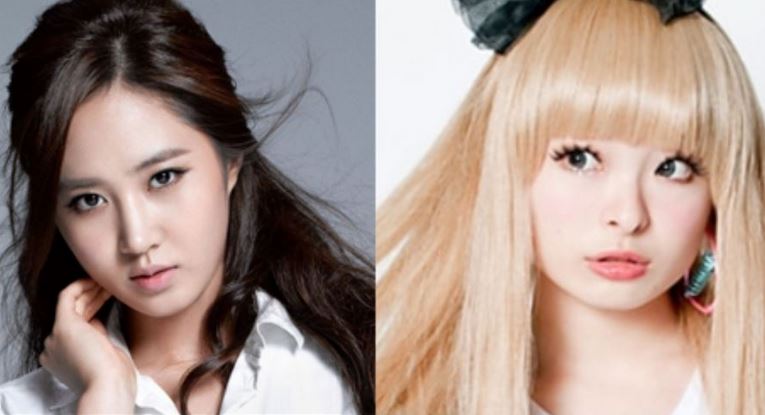
| |
In recent years, Korean beauty (K-beauty) and Japanese beauty (J-beauty) have taken the beauty industry by storm. Known for their innovative products, unique skincare rituals, and emphasis on achieving healthy and radiant skin, K-beauty and J-beauty have gained a dedicated following worldwide. In this article, we will explore the fascinating world of K-beauty and J-beauty, highlighting their key characteristics and popular beauty trends. 1. Introduction to K-Beauty and J-BeautyK-beauty and J-beauty represent two distinct beauty philosophies and approaches to skincare and makeup. K-beauty focuses on achieving flawless, youthful-looking skin through a multi-step skincare routine, while J-beauty emphasizes simplicity, natural beauty, and a holistic approach to skincare and makeup. 2. Skincare PhilosophyK-Beauty: K-beauty places great importance on skincare as the foundation for a beautiful complexion. The philosophy revolves around achieving "glass skin," a term used to describe clear, radiant, and dewy skin. K-beauty embraces a holistic approach to skincare, focusing on hydration, brightening, and improving skin texture. J-Beauty: J-beauty emphasizes the concept of "mochi skin," which refers to soft, plump, and healthy-looking skin. J-beauty promotes a mindful and balanced skincare routine that prioritizes simplicity and quality over quantity. It emphasizes the importance of nurturing the skin from within and maintaining a healthy lifestyle. 3. Popular Skincare Steps and RitualsK-Beauty: The K-beauty skincare routine typically involves multiple steps, including cleansing, toning, essence, serum, sheet masks, moisturizer, and sun protection. The 10-step skincare routine has become synonymous with K-beauty and is known for its thoroughness and attention to detail. J-Beauty: J-beauty emphasizes simplicity and minimalism. A typical J-beauty skincare routine consists of cleansing, toning, moisturizing, and sun protection. J-beauty places a strong emphasis on thorough cleansing and gentle exfoliation to achieve a clean and balanced complexion. 4. Ingredients and FormulationsK-Beauty: K-beauty is renowned for its extensive range of innovative ingredients and formulations. Popular ingredients in K-beauty products include hyaluronic acid, snail mucin, propolis, green tea extract, and niacinamide. K-beauty products often feature unique textures and formats, such as cushion compacts, sleeping masks, and ampoules. J-Beauty: J-beauty focuses on natural and traditional ingredients, with an emphasis on botanical extracts like rice bran, green tea, camellia oil, and sake. J-beauty products prioritize gentle and nourishing formulations, often incorporating traditional Japanese skincare practices like double cleansing and the use of gentle exfoliants. 5. Makeup Trends and TechniquesK-Beauty: K-beauty makeup trends are known for their fresh and youthful appeal. Popular K-beauty makeup looks include the "no-makeup makeup" look, gradient lips, straight brows, and dewy, glowing skin. K-beauty makeup often involves light coverage foundations, soft blush, subtle eyeshadows, and tinted lip products. J-Beauty: J-beauty makeup trends focus on enhancing natural beauty. The emphasis is on minimalism and understated elegance. J-beauty makeup typically involves natural-looking foundations, soft and muted colors for the eyes and lips, and a focus on enhancing features rather than masking them. 6. Cultural InfluencesK-Beauty: K-beauty is influenced by the Korean culture's pursuit of beauty, which places high value on skincare and appearance. Korean beauty standards emphasize flawless skin, small facial features, and a youthful appearance. K-pop and K-drama stars have played a significant role in popularizing K-beauty trends globally. J-Beauty: J-beauty is deeply rooted in Japanese culture and its reverence for simplicity, harmony, and natural beauty. The Japanese aesthetic of wabi-sabi, embracing imperfections and finding beauty in simplicity, greatly influences J-beauty. Traditional Japanese beauty practices, such as geisha skincare rituals, have also shaped J-beauty trends. 7. ConclusionK-beauty and J-beauty have captivated beauty enthusiasts worldwide with their unique philosophies, skincare rituals, and innovative products. Whether you're drawn to the multi-step routines and innovative textures of K-beauty or the simplicity and mindfulness of J-beauty, exploring these beauty cultures can inspire you to embrace new skincare practices and experiment with different beauty trends. FAQs1. Are K-beauty and J-beauty suitable for all skin types? Yes, both K-beauty and J-beauty offer products suitable for various skin types. It's important to choose products that address your specific skin concerns and preferences. Pay attention to ingredients, formulations, and reviews to find the best options for your skin. 2. Can I combine K-beauty and J-beauty products in my skincare routine? Absolutely! Skincare is highly customizable, and you can incorporate elements from both K-beauty and J-beauty into your routine. Feel free to experiment and find a balance that works for your skin's needs and your personal preferences. 3. Do K-beauty and J-beauty focus on anti-aging skincare? Both K-beauty and J-beauty place importance on maintaining healthy and youthful-looking skin. While they may not explicitly label their products as "anti-aging," many products in both beauty categories address concerns like hydration, brightening, and improving skin elasticity, which are key factors in maintaining a youthful appearance. 4. Can I achieve the glass skin or mochi skin look with these beauty philosophies? Yes, with consistent skincare practices and suitable products, it is possible to achieve the glass skin or mochi skin look associated with K-beauty and J-beauty, respectively. Remember that these terms describe healthy and radiant skin, and individual results may vary depending on factors such as genetics, lifestyle, and skincare routine. 5. Where can I find K-beauty and J-beauty products? K-beauty and J-beauty products are available online through various retailers and specialized beauty websites. Some brands may have official websites where you can purchase their products directly. Additionally, local beauty stores and international beauty retailers often carry a selection of K-beauty and J-beauty products. | |
| Category: Wellness | |
| Total comments: 0 | |
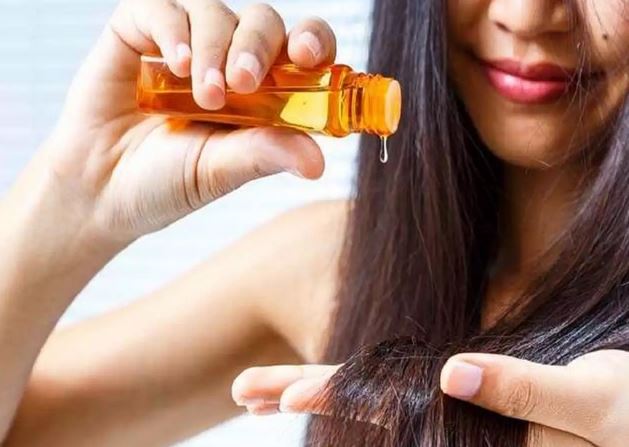 |
| The Benefits of Using Hair Serums for Shine and Manageability |
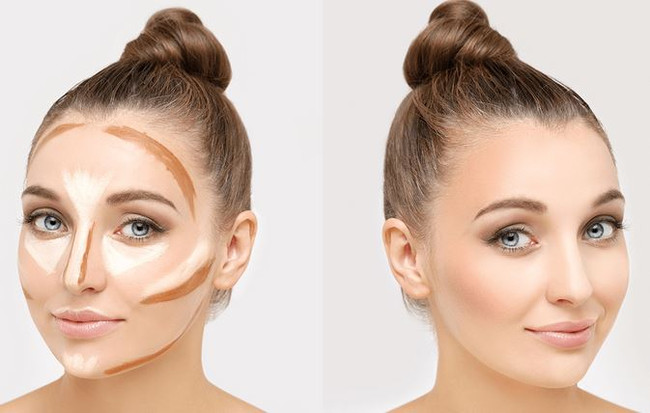 |
| The Ultimate Guide to Contouring for a Sculpted Face |
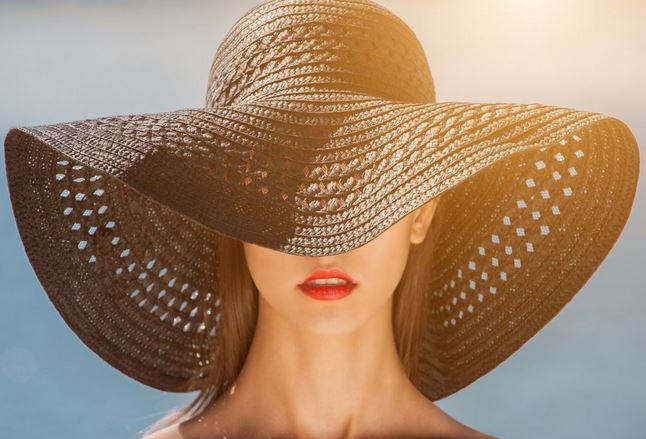 |
| How to Prevent Makeup Meltdown on Hot Days |
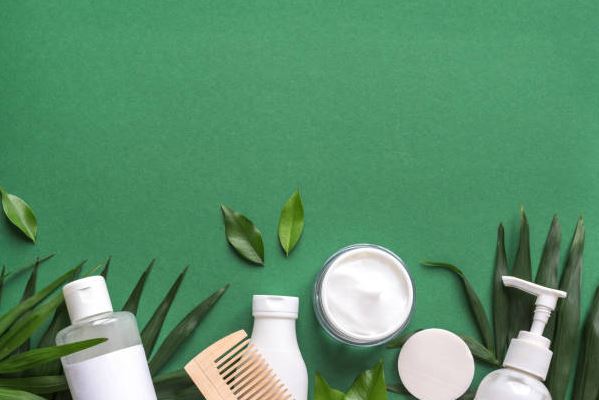 |
| The Benefits of Using Natural and Organic Hair Care Products |
 |
| How to create a relaxing self-care routine |
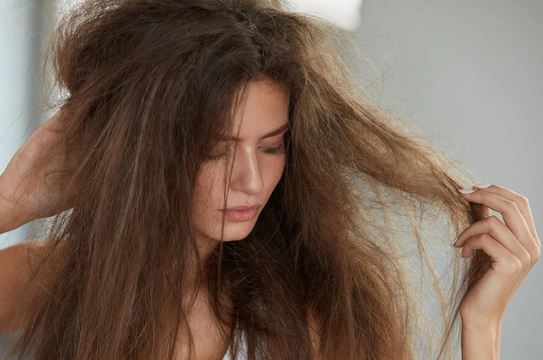 |
| Natural Remedies for Dry and Damaged Hair |
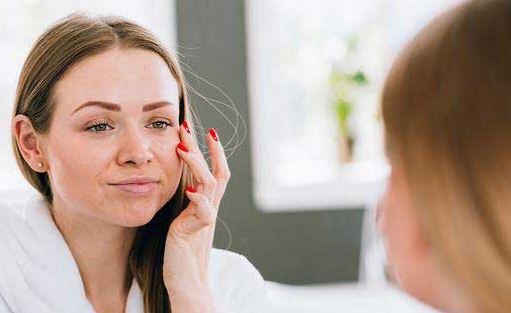 |
| Anti-Aging Skin Care Routine |
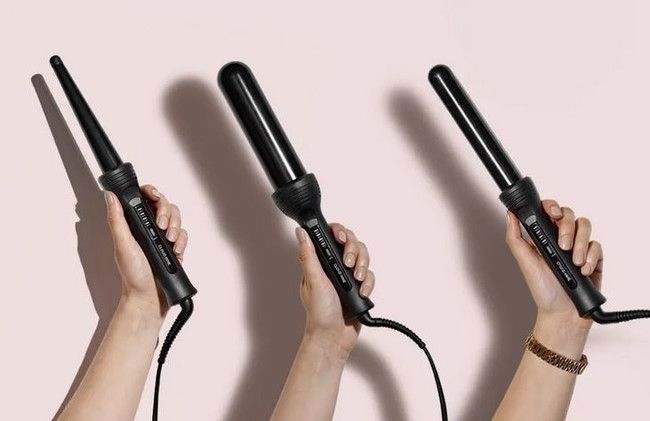 |
| How to choose Hair Straighteners and Curling Irons |
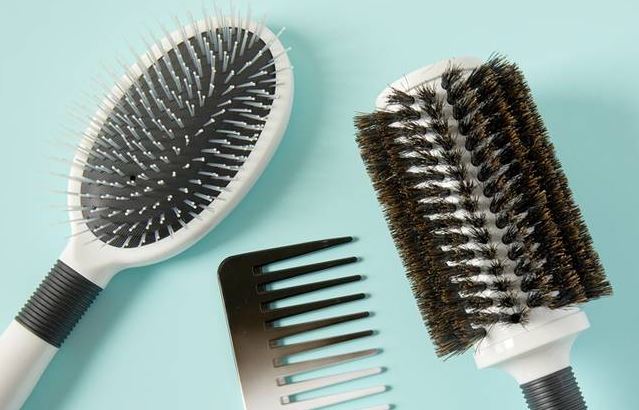 |
| Choosing the Right Hair Brush for Your Hair Type |
